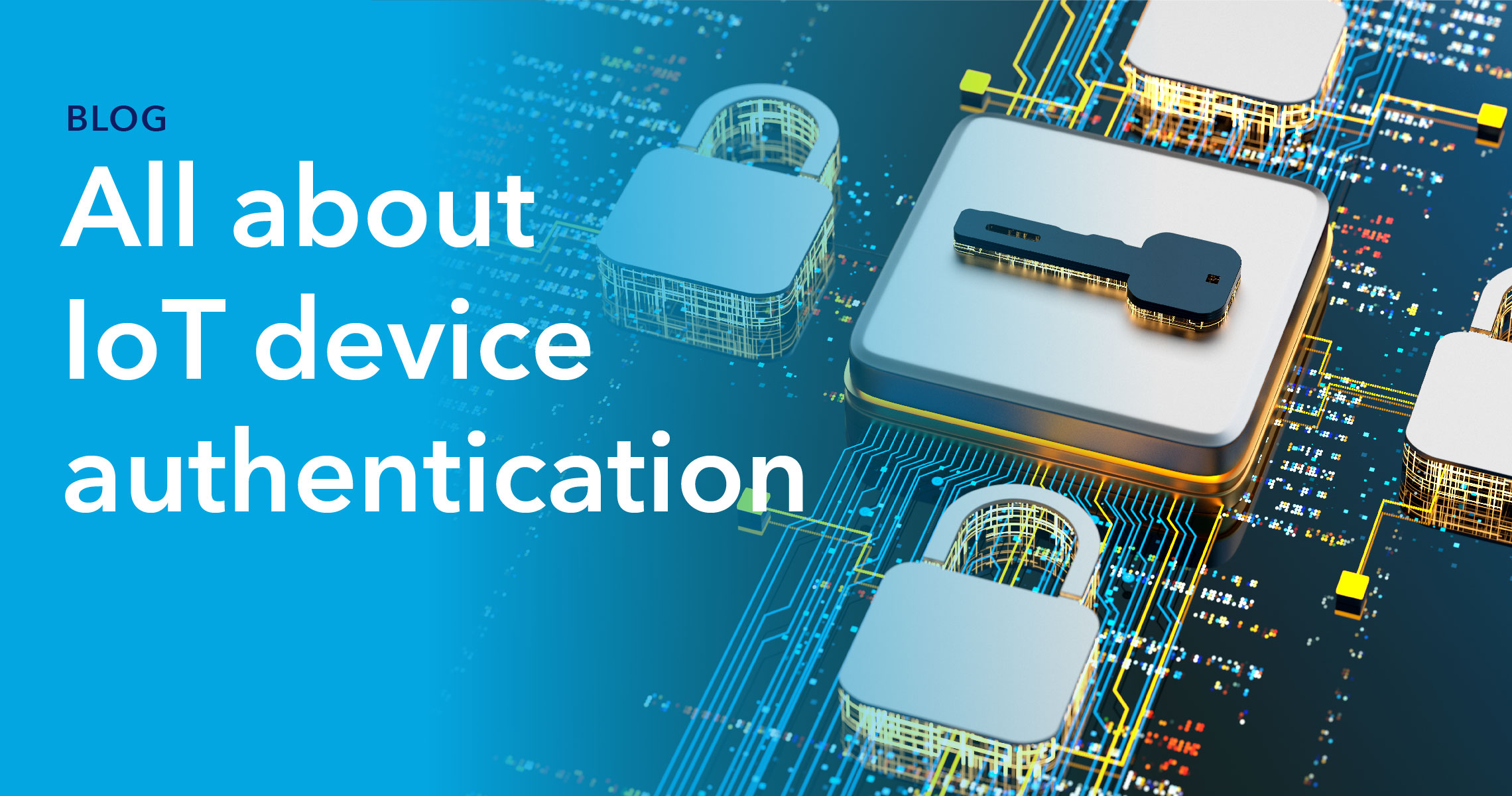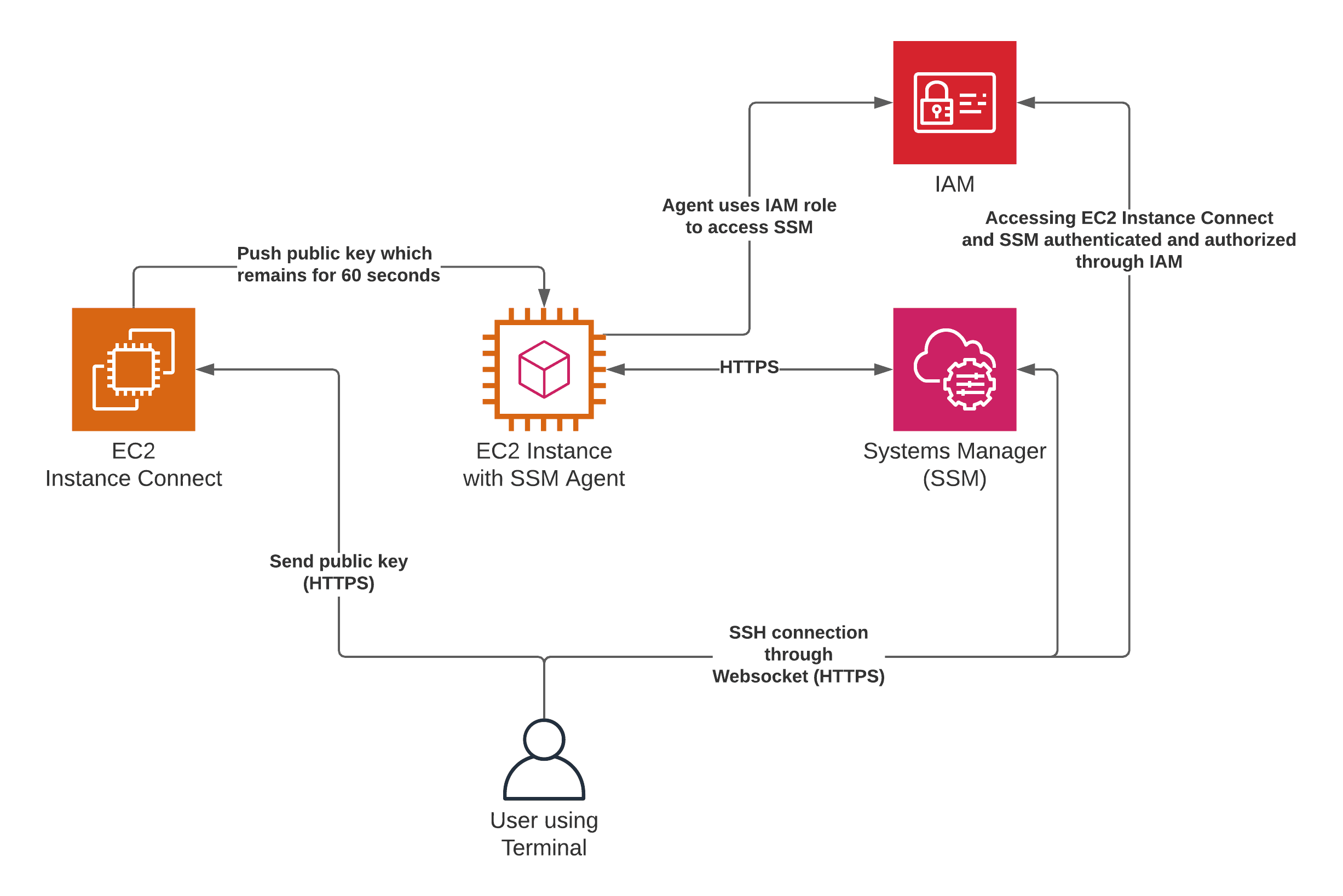Connect IoT Devices With SSH: Free, No Windows Required!
Are you ready to unlock the power of remote control over your Internet of Things (IoT) devices, all without the constraints of a Windows operating system and without spending a penny? This guide provides a comprehensive, step-by-step approach to connecting to your IoT devices securely via SSH, leveraging freely available tools and services to empower you with unparalleled access and control.
The world of interconnected devices is rapidly expanding, from smart home appliances to industrial sensors, making remote management an increasingly critical skill. Whether you're a seasoned tech professional or a curious enthusiast, the ability to securely access and control your IoT devices from anywhere is invaluable. Fortunately, securing this access doesn't require expensive software or complex setups.
Before we dive into the technical details, let's establish the fundamental concept: SSH, or Secure Shell, is the cornerstone of our approach. SSH acts as a secure channel over potentially unsecured networks, providing a robust and encrypted connection for controlling your IoT devices safely. This means that all data transmitted between your computer and the IoT device is protected, ensuring confidentiality and integrity.
- Alice Rosenblum Updates Leaks Whats Trending Now
- Aditya Roy Kapurs Parents Family Secrets Facts Revealed
While Windows users often rely on familiar tools like PuTTY or the Windows Subsystem for Linux (WSL), the focus here is on providing solutions for those who operate outside the Windows ecosystem. Don't worry if you're unfamiliar with SSH or remote device management; this guide will walk you through each step, ensuring a clear understanding and successful implementation.
Here's a breakdown of what we'll cover:
- Understanding the Basics: Defining IoT devices, SSH, and why secure remote access is important.
- Essential Tools: Identifying and setting up the free tools necessary to connect.
- Finding Your Device: Locating and understanding your IoT device's IP address.
- Configuration Steps: Practical, easy-to-follow steps to configure secure connections.
- Testing the Connection: Verifying that your remote access is working correctly.
- Security Considerations: Best practices for safeguarding your devices and data.
The key to success here lies in simplicity and understanding. We aim to demystify the process, breaking down complex technical concepts into manageable steps. By the end of this guide, you'll have a solid understanding of how to connect to your IoT devices remotely via SSH, regardless of the operating system you use.
The methods presented here are especially valuable for those who are cost-conscious or who prefer open-source solutions. Utilizing free tools and services eliminates the need for commercial software and streamlines your workflow. We will explore how to leverage the power of SSH tunnels, ensuring a secure and direct connection to your devices without the complexities of port forwarding or the need for a static IP address.
Remote access to IoT devices extends far beyond simple monitoring. It allows you to update firmware, troubleshoot issues, manage data, and execute commands, all from a remote location. Consider the convenience of managing a Raspberry Pi that runs your home automation system from anywhere, or the utility of remotely accessing an industrial sensor network to diagnose a problem.
| Category | Details |
|---|---|
| Topic | Secure Remote Access to IoT Devices |
| Description | A comprehensive guide to connect to your IoT devices via SSH without relying on a windows operating system and without spending any money. |
| Key Concepts | SSH, IoT Devices, Secure Tunnels, Remote Access, Open Source Tools |
| Goals |
|
| Target Audience | Tech enthusiasts, professionals, students, and anyone interested in IoT and remote device management. |
| Outcomes |
|
| Reference Website | Example Website on IoT and SSH (replace with a relevant website) |
The process may seem daunting at first, but with the right tools and knowledge, it is entirely achievable. We will guide you through the process of connecting to your IoT device via SSH without the constraints of Windows, and without any financial investment. The examples use openssh client tools such as scp, sftp, and scp that are command line based tools.
To begin, you'll need to determine the IP address of your IoT device. This is often a simple process that might involve consulting your router's settings, or in the case of devices like Raspberry Pi, accessing the device directly through a connected screen and keyboard, or through a serial connection. With the IP address in hand, you can then configure your SSH client to establish a secure connection. Before proceeding, remember that, by default, many IoT devices lack robust security features. In a world of interconnected devices, where security vulnerabilities are constantly exploited, it's critical to prioritize measures to improve the security of your IoT devices.
On the IoT device, configuring SSH access to allow connections from your computers IP address or from any trusted IP address is very important. SocketXP uses secure reverse proxy ssl/tls tunnels to connect to your linux server over the internet, so that your device is not directly exposed to the internet. Also, the data transmitted is encrypted using SSL/TLS. SSH uses the same cryptography technology used by banks and governments to exchange highly confidential data over the internet. Connecting to your IoT SSH through a local proxy server is crucial for security as well. This step ensures that only authorized devices can SSH into the IoT device, improving security. By learning how to access IoT devices remotely with SSH (secure shell), you can connect to IoT devices in the workplace and in your home from anywhere, enabling you to monitor, control, and update these devices securely.
The first step is to ensure SSH is enabled on the device. This is often a simple configuration task that can be accomplished through the devices operating system or configuration interface. The specific steps will vary based on the device, but the goal is the same: to enable SSH as a means of remote access.
Next, youll need an SSH client. Many operating systems, like Linux and macOS, come with an SSH client pre-installed. For Windows users, the popular choice is to use an SSH client like PuTTY. Once your SSH client is configured, you'll need the IoT device's IP address, username, and password. The login credentials will usually be set by the devices manufacturer, or in the case of devices such as Raspberry Pi, it might be the default username and password. It's important to change default passwords for security. Then, from your SSH client, connect to the device by entering the device's IP address, username, and password. This will allow you to securely manage the device from a remote location over the network. You can run commands to ensure access.
Lets now look at a practical example. Connecting to a Jetson Nano remotely using SSH follows a similar process. You need to ensure SSH is enabled on the Jetson Nano, then connect to it using an SSH client by entering the Jetson Nanos IP address, username, and password. This enables you to securely manage the device remotely over the network. As the number of IoT devices scales to thousands or millions, remote access and management becomes more complex. In the world of IoT, reliable remote access is critical, especially for devices deployed in areas with limited internet connectivity. Device manufacturers deploy many IoT devices in locations with limited internet connectivity, making remote access a challenge. Explore methods such as SSH, VNC, and RDP, and discover how to use tools to create secure tunnels for seamless remote management. This is an essential part of managing devices remotely.
Here's a streamlined outline:
- Find the IP Address: Locate the IP address of your IoT device, which can usually be found in your router's settings.
- Install an SSH client: Ensure you have an SSH client.
- Connect using SSH: Open putty and configure the connection. Enter the IoT devices IP address. Save the configuration for future use. Connect to your IoT device.
- Configure SSH Access: Configure SSH access on the IoT device to allow connections from your computer's IP address.
- Verification and Testing: Run commands to ensure access and verify the connection.
Once you've connected, you can execute commands, manage files, and interact with your IoT device, all from your remote location. Whether you're working on a Raspberry Pi, ESP32, or any other IoT device, establishing a secure connection is essential for maintaining control and ensuring smooth operations.
Remote access and management become significantly more complex as the number of IoT devices increases. However, this can be streamlined by using secure tunnels such as SocketXP local proxy server.
Connecting to an IoT device via SSH over the internet without windows can seem daunting, but its entirely possible with the right tools and knowledge. By learning how to access IoT devices remotely with SSH (secure shell), you can connect to IoT devices in the workplace and in your home from anywhere, enabling you to monitor, control, and update these devices securely. Enhance your IoT device control and management from anywhere in the world.
The use of SSH tunnels is an essential strategy for secure remote access, eliminating the need for port forwarding, which can expose your network to security risks. SSH, by design, provides a secure channel over an unsecured network, allowing you to control your IoT devices safely. The security of data transmitted is of paramount importance. SSH uses the same cryptography technology used by banks and governments to exchange highly confidential data over the internet.
Connecting your IoT devices remotely has never been easier, especially when you're looking to save on costs by using free SSH methods. Understanding how to remotely access IoT devices over the internet without breaking the bank is crucial in today's connected world. Whether you're a tech enthusiast or a professional, the ability to manage IoT devices remotely offers significant benefits.
In this guide, we've covered how to connect SSH IoT devices over the internet without Windows, using free tools and services. The aim has been to demystify the process, providing a clear understanding. Take the first steps and start securely connecting to your IoT devices today.



Detail Author:
- Name : Vincent Emmerich
- Username : omccullough
- Email : guadalupe07@gmail.com
- Birthdate : 1974-04-22
- Address : 19519 Robel Hollow Apt. 548 Vitaview, IL 61132-0650
- Phone : 1-862-981-3764
- Company : Kemmer Inc
- Job : Psychiatric Technician
- Bio : Rem provident non consequatur. Magni inventore veritatis eum enim id numquam. Ipsum illum natus officia ut rerum. Cupiditate consequatur incidunt quisquam corrupti.
Socials
instagram:
- url : https://instagram.com/cloyd_id
- username : cloyd_id
- bio : Placeat blanditiis aliquam nam occaecati est quae. Dolor autem dolorum totam harum.
- followers : 3017
- following : 751
twitter:
- url : https://twitter.com/cloyd_official
- username : cloyd_official
- bio : Eius sequi sint ut qui quo est. Quia accusamus quia ratione minima. Ea enim libero ut harum. Ut explicabo pariatur eum dolorum exercitationem.
- followers : 3668
- following : 42
facebook:
- url : https://facebook.com/sawayn2006
- username : sawayn2006
- bio : Quas voluptatem quas libero ratione quis.
- followers : 6350
- following : 969
tiktok:
- url : https://tiktok.com/@sawaync
- username : sawaync
- bio : Quia ipsa facere voluptatem placeat qui non repudiandae.
- followers : 4892
- following : 357